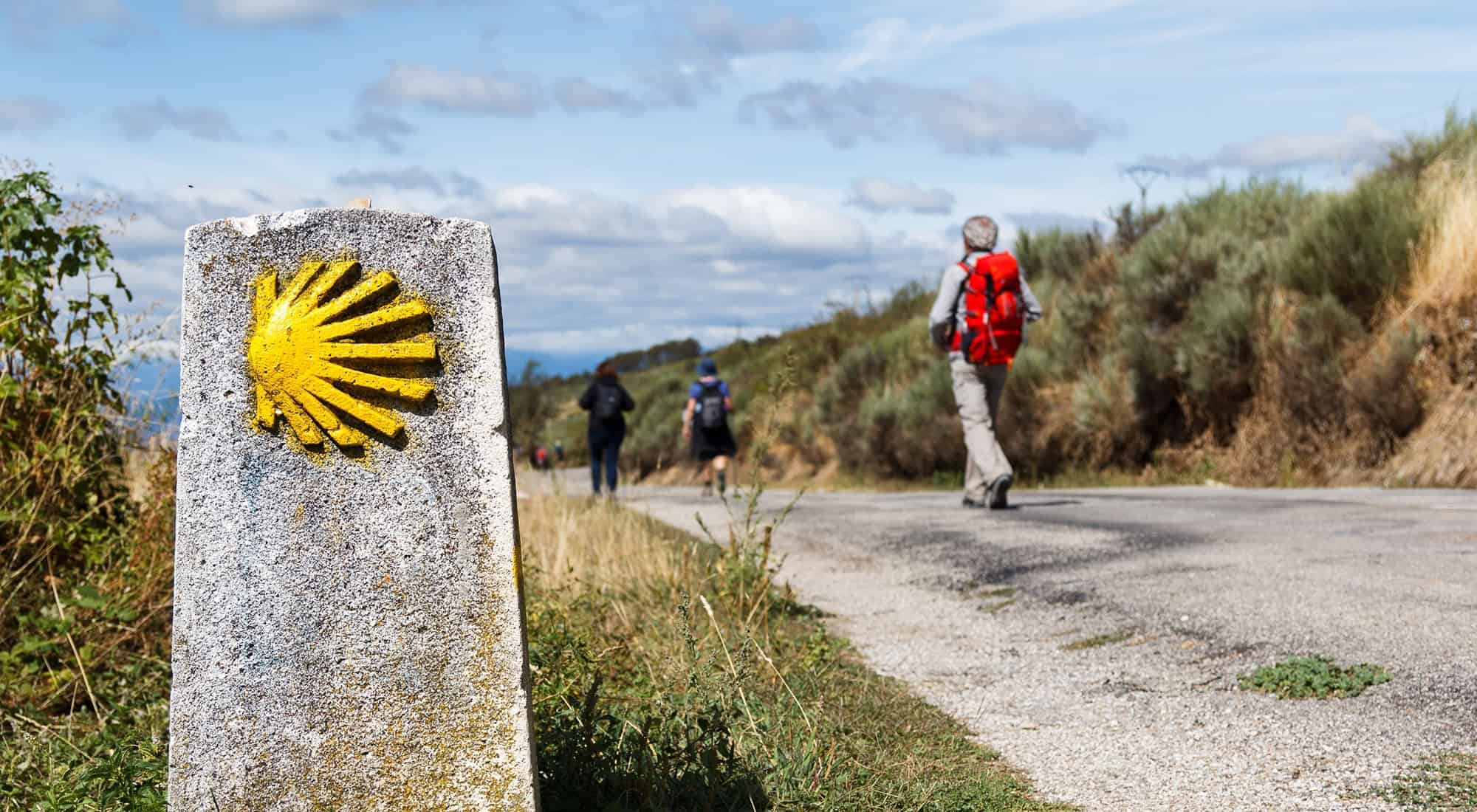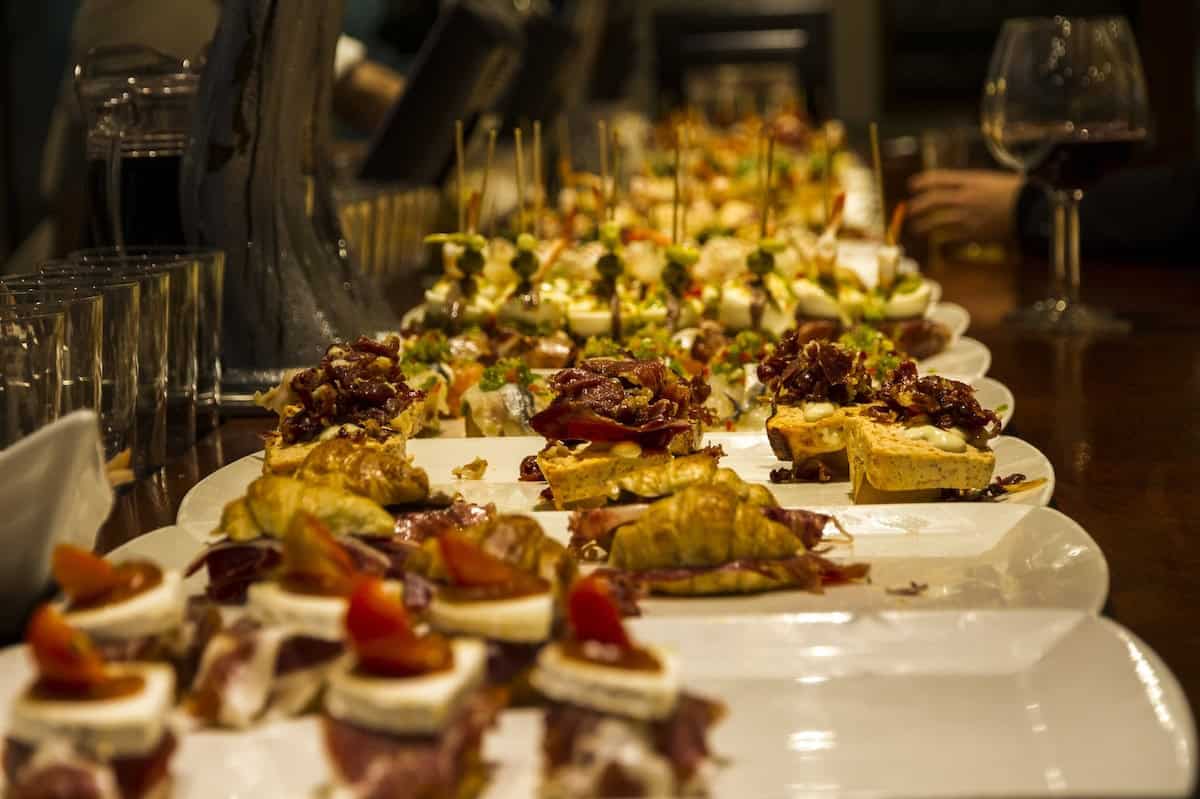The revival in recent years of the medieval pilgrimage route across Spain to Santiago de Compostela has been a striking one. Today, over 300,000 make part of the journey on foot or bike every year.
One of the joys of the Camino is that it’s very much what you make of it. If you’re there to make friends around the table at sociable communal dinners, you can. If you want some time out from modern life and prefer pacing the pathway alone, you can. Some do the walk from France to Santiago in one go, while others prefer just to do the final section. Some do a week a year, picking up the trail where they left off last time.
Many of Spain’s most picturesque villages, evocative monasteries and most interesting towns lie on or close to the route, and by the time you see the granite towers of Santiago before you, you’ll have taken a crash course in Spanish culture and architecture along the way.
The compostela is a certificate issued by the Church on your arrival in Santiago stating that you have completed the pilgrimage. To qualify, you need to have completed the last 100 km on foot, or the last 200 km if riding a bike or horse. The document that proves that you have done this is called the credencial, popularly known in English as the ‘pilgrim passport’. This document is issued by the Santiago diocese and lets you access the network of pilgrim hostels along the various caminos. You should get it stamped once or more per day in churches and hostels along the way as proof that you have completed the pilgrimage. Once you arrive in Santiago,
you present this document at the pilgrim office to receive your compostela.
Credenciales can be obtained in your home country via various associations, but are easily available on the Camino itself; nearly every church and pilgrim hostel along the way issues them, usually either free or for a small fee. Though in practice they are issued to all, in theory your journey needs to be motivated by Christian principles to be awarded the compostela. For many, at the end of the journey, the dog-eared, sweat-stained, weather-beaten credencial, with its stamps and memories, is a more treasured keepsake of the Camino than the compostela itself.
There are many albergues along the Camino; these are typically simple places that ask for a small fee or donation for dormitory accommodation. Most also serve cheap meals and have cooking facilities. As most pilgrims set off early to avoid the fierce afternoon sun, albergues generally have a curfew of 2200-2230, and a checkout of 0600-0700. The curfews are a handicap, as you’ll miss much of Spanish life, so many pilgrims alternate with nights in pensiones or hotels. You’ll need your own sleeping bag or liner for albergues.
To look like an authentic medieval pilgrim, many people don the traditional garb. A long staff is a sensible option anyway, as are a gourd for water and broad-brimmed hat to keep out sun and rain. The scallop shell is a badge of Santiago. In former times, it was
forbidden to sell scallops except in Santiago itself, so arriving pilgrims would quickly chow one down and take the shell as proof of the journey. Sturdy walking boots, sun protection, a weatherproof jacket, first-aid kit and a decent level of fitness are essential.
Be prepared to encounter all weathers, as the route crosses mountain passes and scorching plains. Spring and autumn avoid the worst of the heat, but it will be cold at nights on the plains and wet in the mountainous parts. In summer, Galicia and Navarra are pleasant, but the haul across the plains from Logroño to León is gruelling and the main trail, the Camino Francés, is thronged with people. May or September is best.










